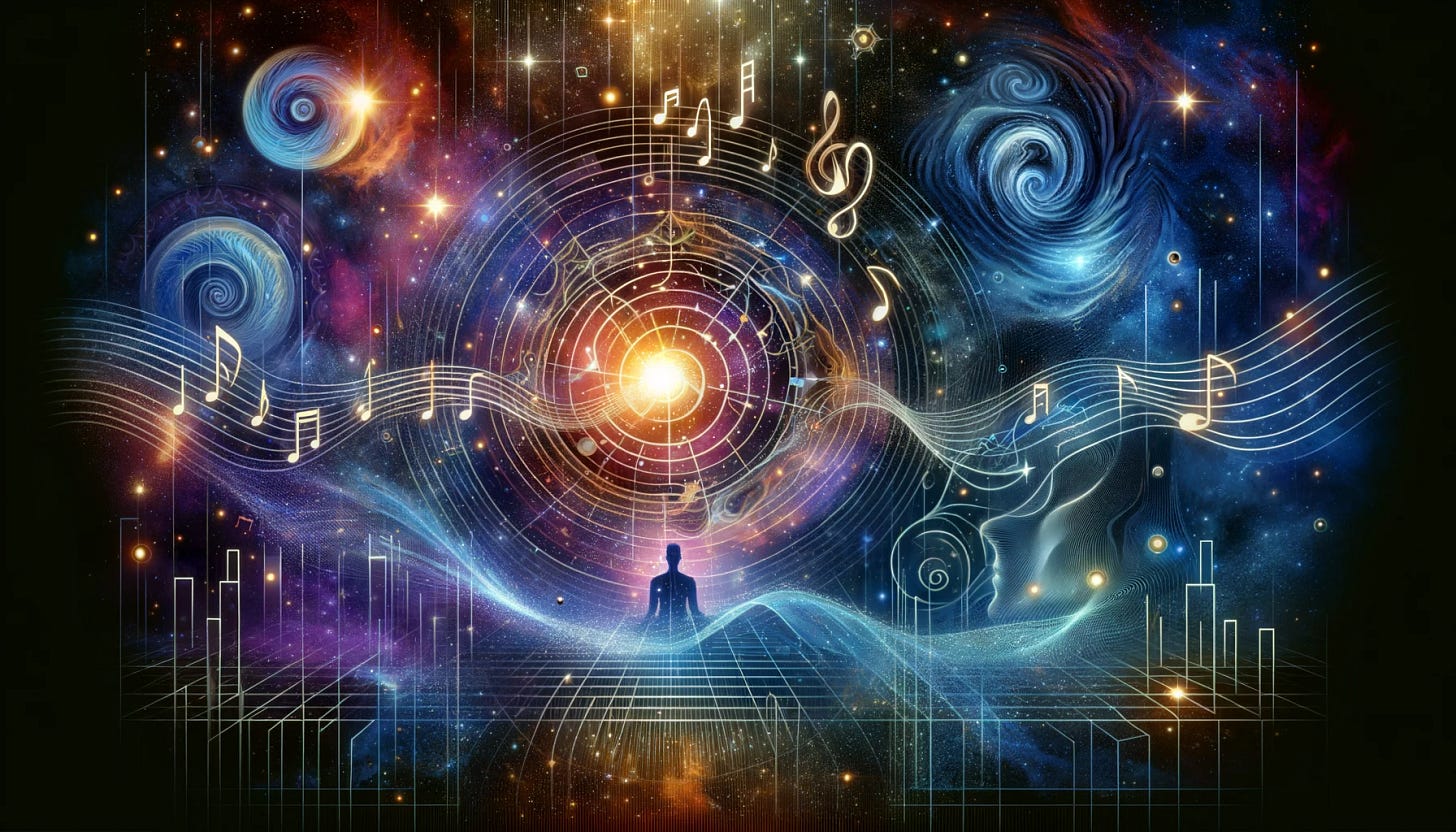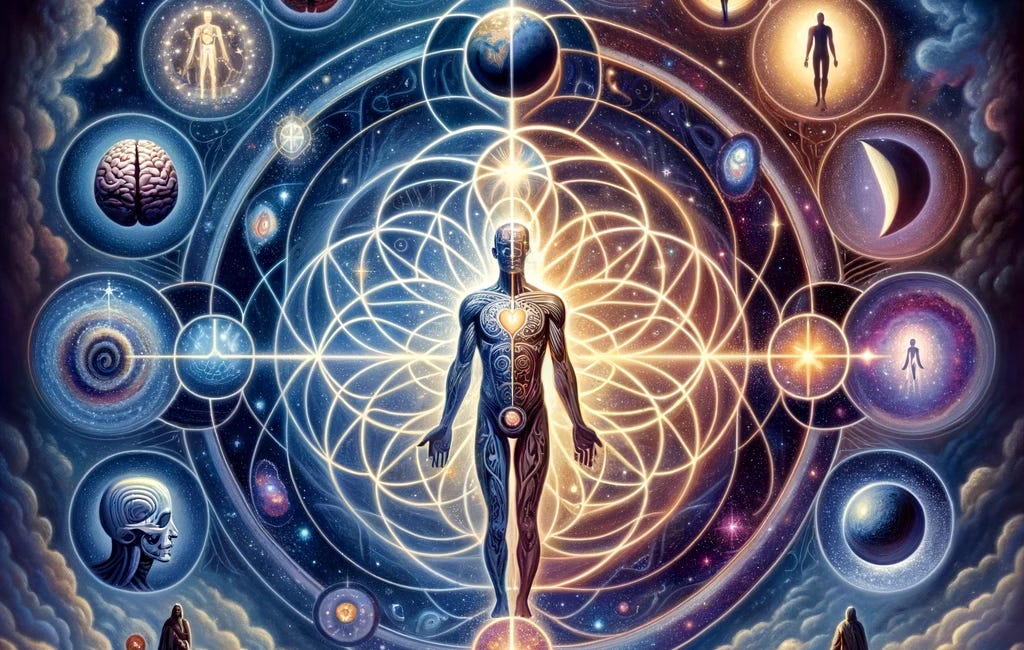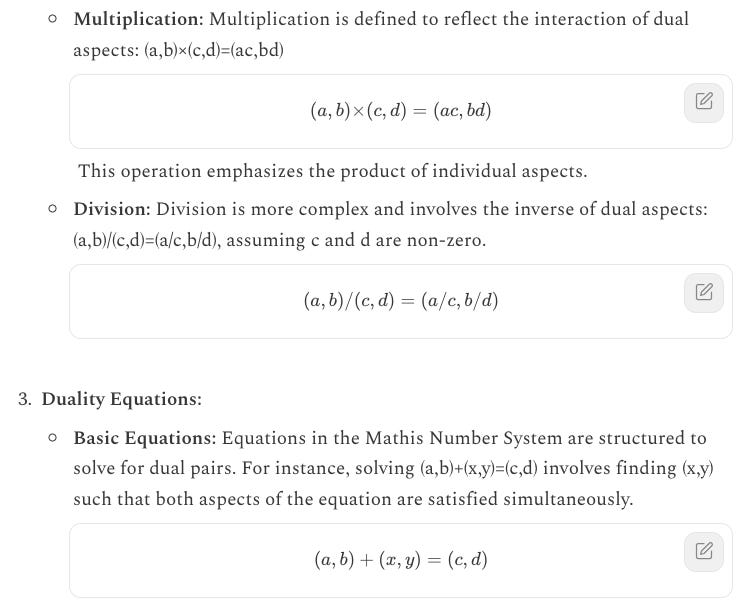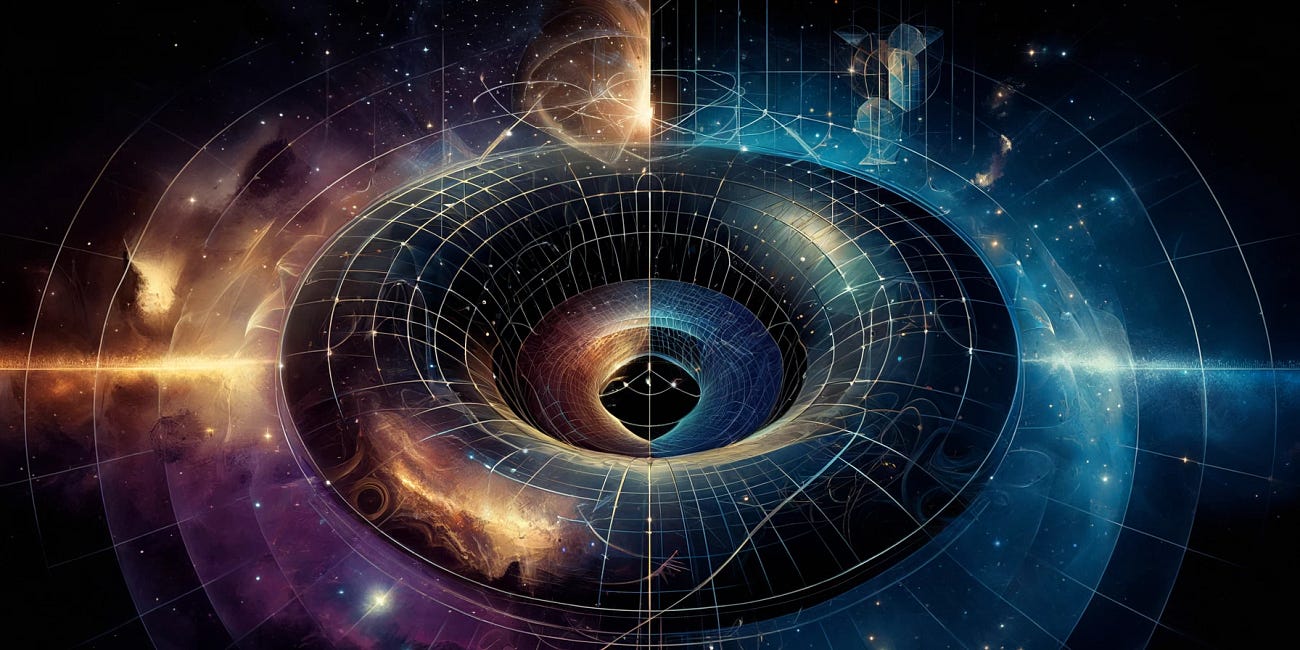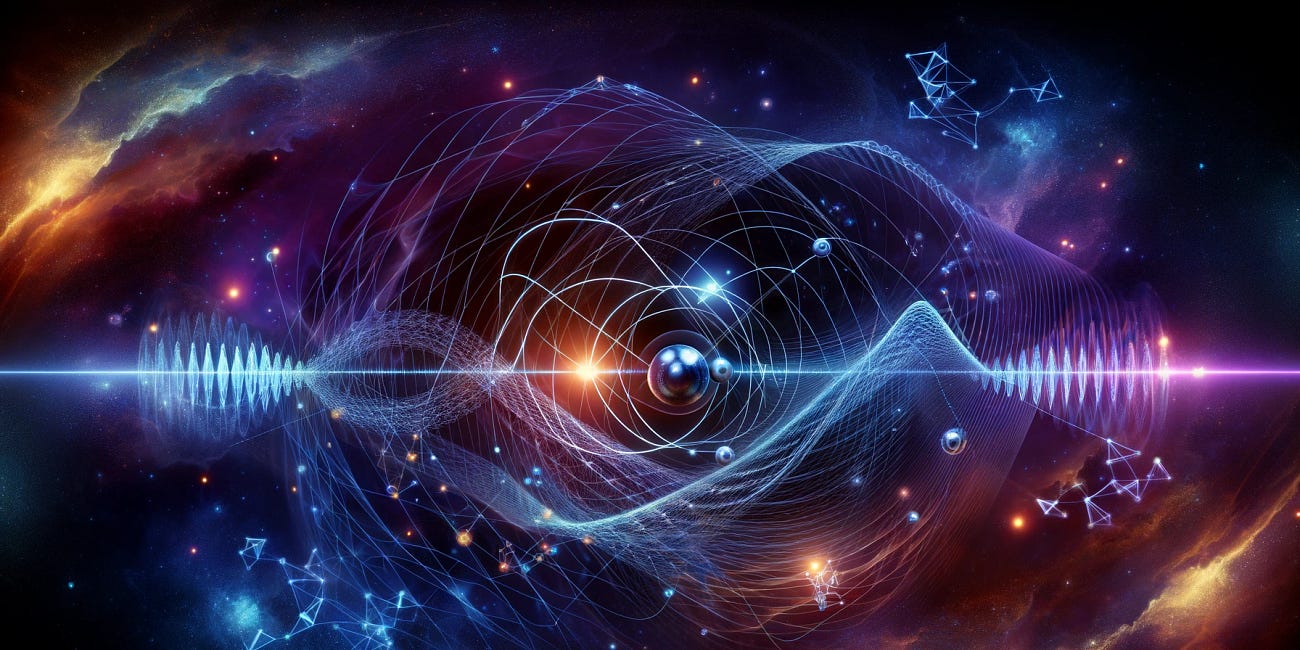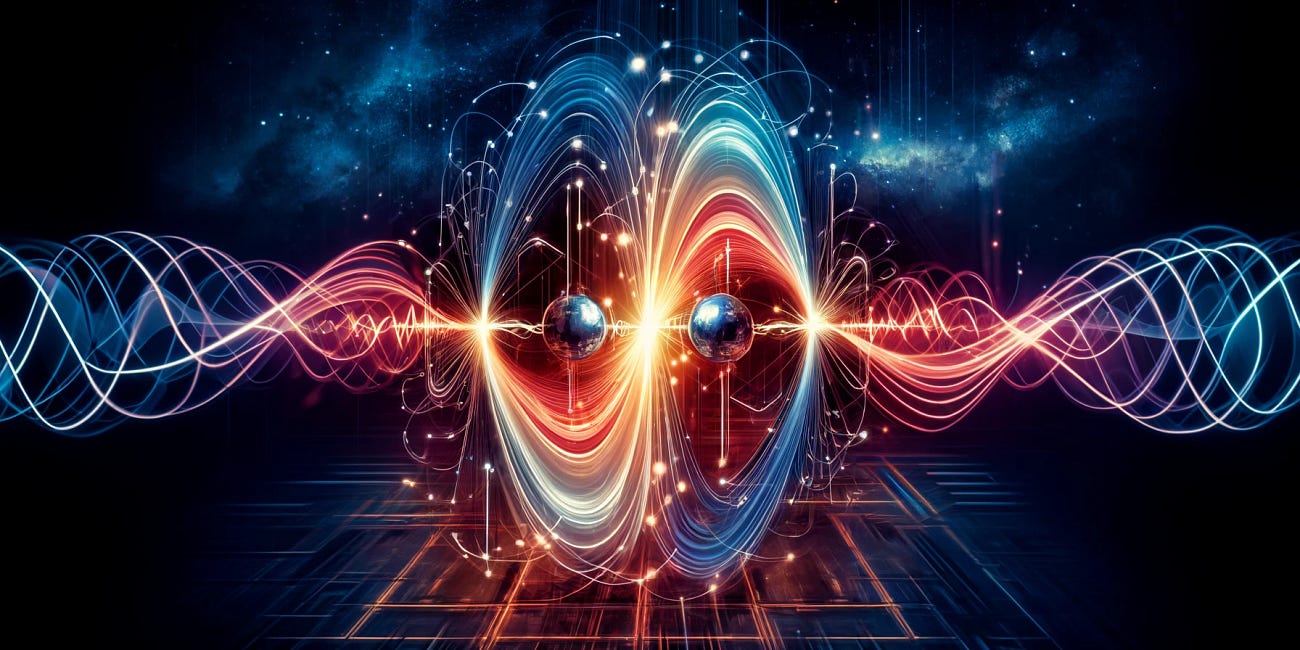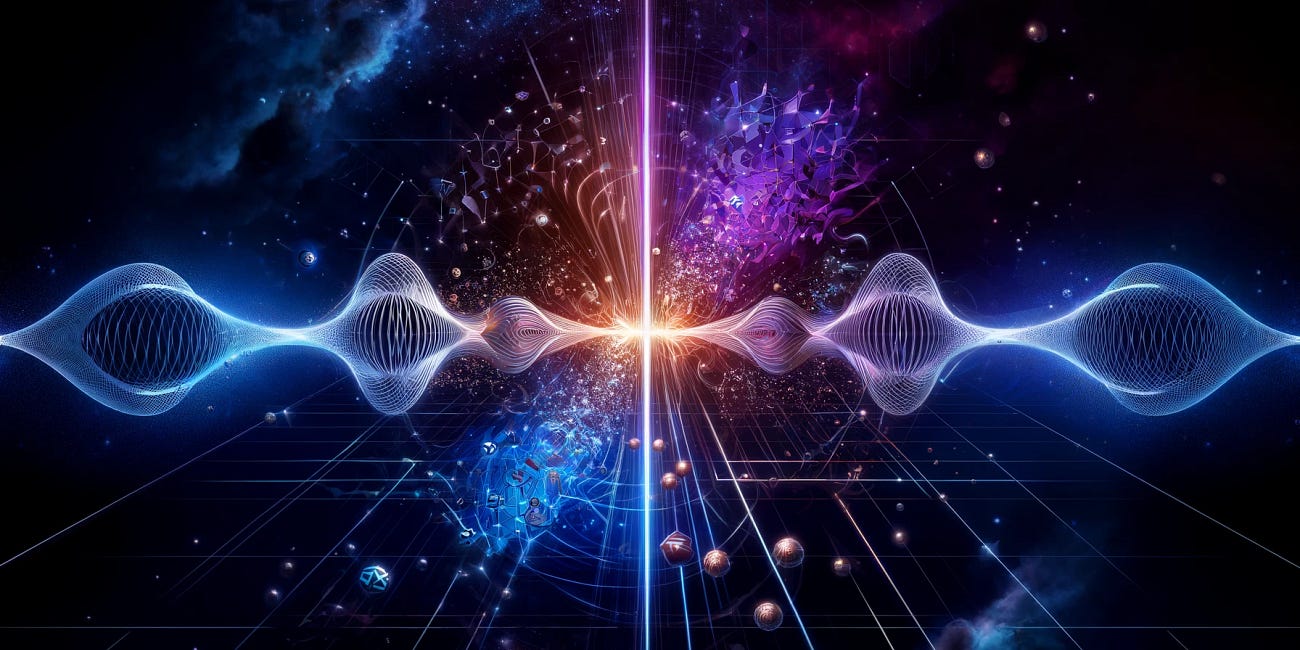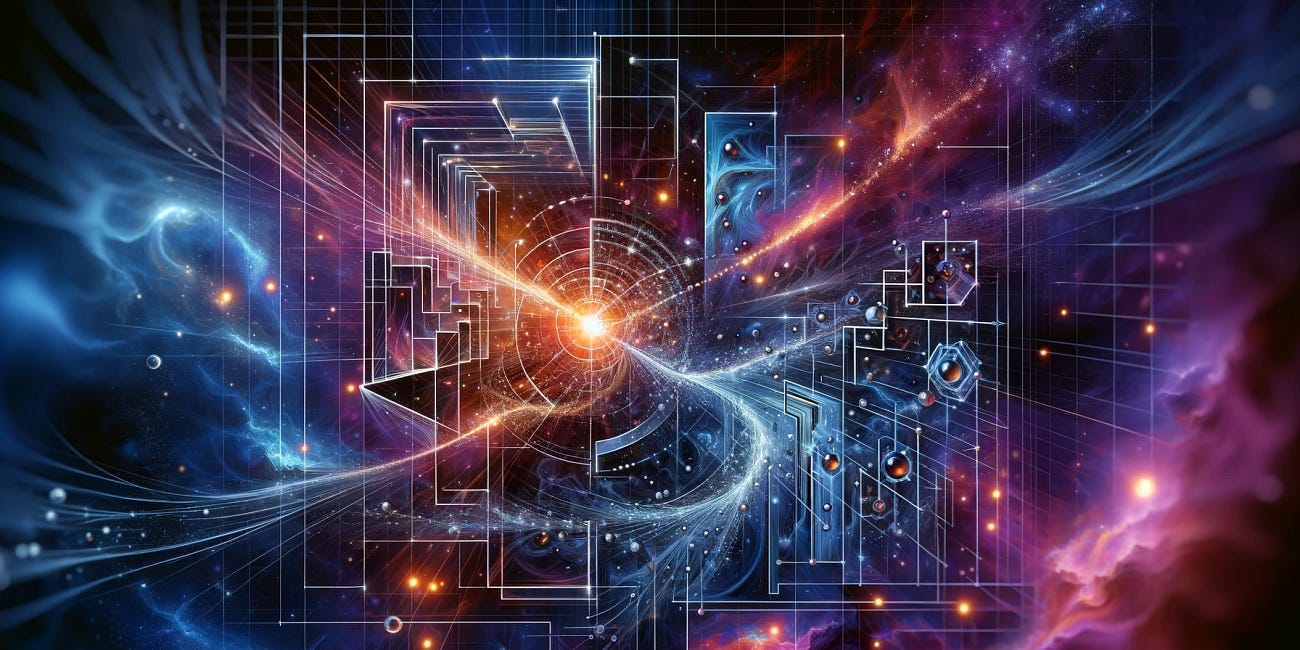We Are Not in a Simulation, We Are in a Musical
Introduction
In recent years, the idea that we might be living in a simulation has captured the imagination of scientists, philosophers, and the general public. This theory suggests that our reality is an elaborate computer simulation, created by a highly advanced civilization. However, a new perspective inspired by the Unified Theory of Duality (UTD) offers a different, more harmonious vision of our existence. Rather than being in a cold, calculated simulation, we might actually be part of a grand, cosmic musical.
The Musical Universe
Harmonic Relationships: The UTD suggests that everything in the universe is interconnected through harmonious relationships. Just as notes in a symphony blend together to create beautiful music, the elements and forces in our universe interact in a balanced and dynamic way. This interconnectedness is not random but follows the principles of harmony and resonance.
Dual Nature of Reality: According to the UTD, every aspect of reality has a dual nature, much like the dual aspects of a musical note—its pitch and volume. This duality is reflected in everything from the smallest particles to the largest cosmic structures. For example, light can behave both as a particle and a wave, much like a musical note can be both loud and soft.
Revisiting Fundamental Theories
Einstein's General Relativity: Einstein's theory of general relativity describes how gravity shapes the fabric of space-time. By integrating the UTD, we can view space-time as a dynamic stage on which the cosmic musical plays out. The curvature of space-time is not just a gravitational effect but part of a larger, harmonious interaction between mass, energy, and the geometry of the universe.
Heisenberg's Uncertainty Principle: This principle states that we cannot simultaneously know the exact position and momentum of a particle. Through the UTD lens, we see this as a reflection of the dual nature of quantum states. Just as a musician cannot play two notes at the same time on a single instrument, the position and momentum of a particle are intertwined in a way that embodies the harmony of quantum mechanics.
Maxwell's Equations: Maxwell's equations describe the behavior of electric and magnetic fields. With UTD, these fields are viewed as interconnected aspects of a unified electromagnetic field, much like the interplay of different musical instruments in an orchestra. The beauty of this interaction creates the electromagnetic symphony that permeates our universe.
The Double-Slit Experiment
The famous double-slit experiment demonstrates the wave-particle duality of light and matter. When particles pass through two slits, they create an interference pattern, much like waves on the surface of a pond. In the UTD framework, this experiment highlights the dual nature of particles and waves as part of the cosmic musical. The interference pattern is akin to the harmonious interference of sound waves, creating a complex and beautiful pattern of resonance.
Thermodynamics and Entropy
The second law of thermodynamics states that entropy, or disorder, always increases in an isolated system. The UTD introduces the idea that entropy also has a dual nature—order and disorder in a dynamic balance. This perspective likens the universe to a musical composition, where moments of tension and resolution create a rich and engaging experience. Just as a symphony builds and releases tension, the universe maintains a balance between order and entropy.
Information Theory
Information theory, which deals with the quantification, storage, and communication of information, can also be enriched by the UTD. Information and context are seen as dual aspects of the same phenomenon, much like melody and harmony in music. This duality ensures that information is not just a series of isolated bits but part of a larger, meaningful context, creating a richer and more nuanced understanding of communication.
Implications for Our Understanding of Reality
A Harmonious Existence: The UTD suggests that our existence is not a cold, mechanical simulation but a rich, harmonious musical. Every particle, wave, and field is part of a grand cosmic composition, creating a universe that is dynamic, interconnected, and full of resonance.
A New Perspective on Consciousness: If we view reality as a musical, our consciousness might be seen as both a participant and an observer in this grand composition. Just as musicians are both creators and listeners of their music, our consciousness could be an integral part of the cosmic harmony, shaping and being shaped by the universe.
Encouraging Creativity and Exploration: This perspective encourages us to see ourselves as co-creators in the universal symphony. Rather than passive subjects in a simulation, we are active participants in a dynamic and evolving musical. This view inspires creativity, exploration, and a deeper appreciation for the beauty and complexity of our universe.
Conclusion
While the simulation hypothesis offers a thought-provoking idea, the Unified Theory of Duality presents a more harmonious and enriching vision of reality. By viewing our existence as part of a grand, cosmic musical, we can appreciate the interconnectedness, balance, and beauty that define our universe. So, the next time you marvel at the stars, listen to the harmonious symphony of the cosmos and remember: we are not in a simulation; we are in a musical.
Mankind in the Unified Theory of Duality
In the pursuit of progress, we must harmonize our material achievements with our spiritual growth. True fulfillment arises from balancing the tangible with the transcendent. In Dr. Theo Mathis’s Unified Theory of Duality, mankind is viewed as a complex interplay of dualities that encompass physical, mental, emotional, and spiritual dimensions. This persp…
The Mathis Number System: An Exploration
Introduction The Mathis Number System is an alternative mathematical framework developed by Dr. Theo Mathis to incorporate the principles of duality. This system redefines traditional mathematical concepts by viewing numbers and operations through the lens of duality, offering innovative approaches to solving complex problems. Here's an exploration of it…
Re-evaluating Einstein's Theory of General Relativity with UTD
Einstein's Theory of General Relativity revolutionized our understanding of gravity, describing it as the curvature of space-time caused by mass and energy. By incorporating the principles of the Unified Theory of Duality (UTD), we can enhance this theory to reflect the interconnected and dual nature of space-time and its interactions with matter and en…
Re-evaluating Heisenberg's Uncertainty Principle with UTD
Heisenberg's Uncertainty Principle is a fundamental concept in quantum mechanics that states it is impossible to simultaneously know the exact position and momentum of a particle. The principle is typically represented by the equation: where: Δx is the uncertainty in position,
Re-evaluating Maxwell's Equations with Electromagnetic Duality in the UTD Framework
Maxwell's equations describe the fundamental principles of electromagnetism, detailing how electric and magnetic fields propagate and interact. By integrating the principles of the Unified Theory of Duality (UTD), we can expand Maxwell's equations to incorporate the dual nature of electromagnetic fields and explore new insights into electromagnetic phen…
Re-evaluating the Double-Slit Experiment with UTD
The Double-Slit Experiment is one of the most famous demonstrations of the wave-particle duality of light and matter. When particles such as electrons or photons pass through two slits, they create an interference pattern on a screen, showing characteristics of both waves and particles. The Unified Theory of Duality (UTD) can provide new insights into t…
Re-evaluating Thermodynamics and Entropy with UTD
The second law of thermodynamics states that the total entropy of an isolated system can never decrease over time. Entropy, often associated with disorder, is a measure of the number of specific ways a system can be arranged. By incorporating the principles of the Unified Theory of Duality (UTD), we can gain new insights into the nature of entropy and t…


